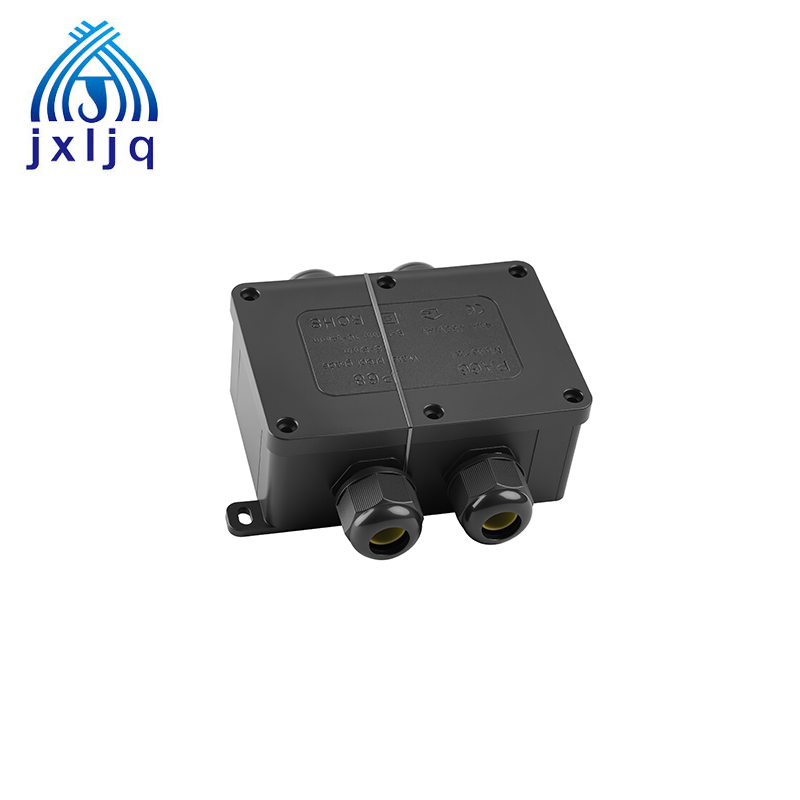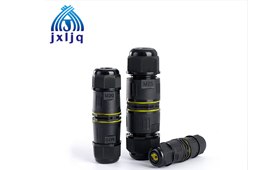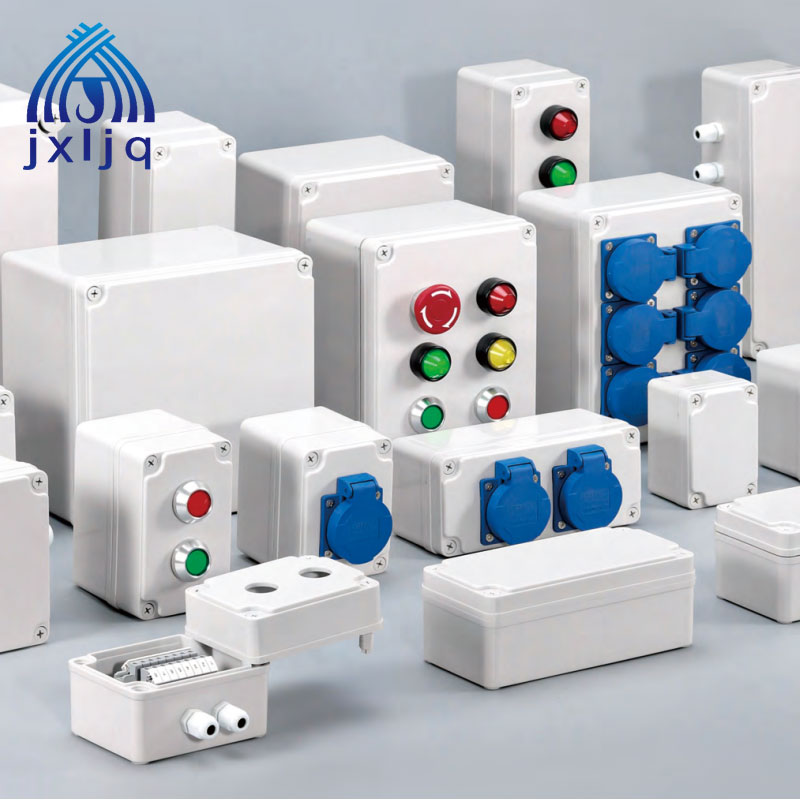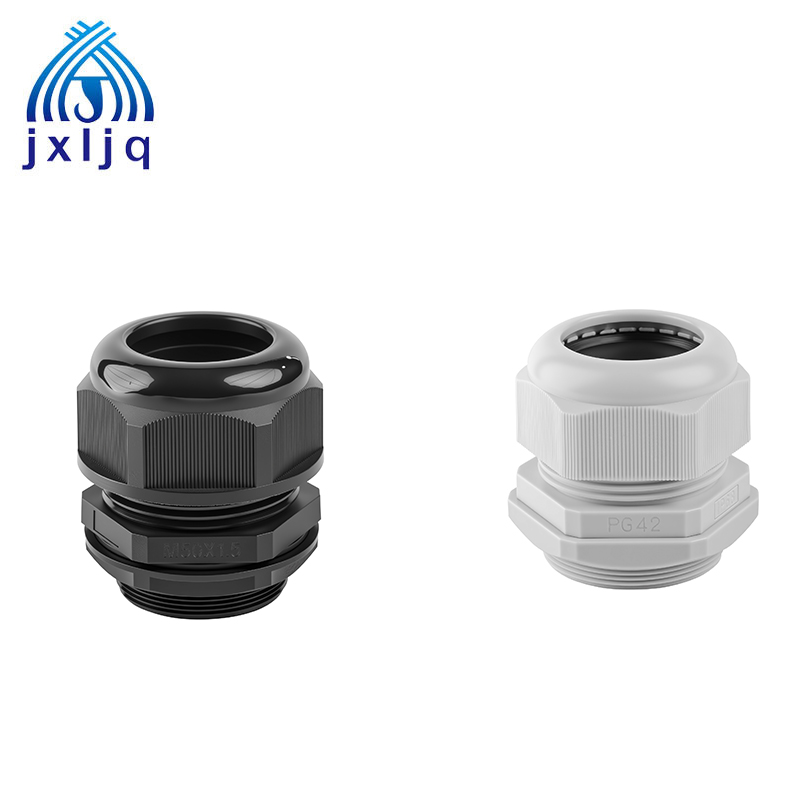Marine Cable Gland Buying Guide: How to Choose the Right Gland for You
1. Clarify the use environment and requirements
Environmental conditions: First, understand the marine environment in which the ship is located, including factors such as seawater salinity, temperature range, humidity, vibration and shock. These factors will directly affect the material and performance requirements of the sealing joint.
Cable specifications: Determine the specifications of the cables to be connected, including diameter, insulation thickness and conductor material. This will determine the size and compatibility of the required sealing joint.
Protection level: Select the appropriate IP protection level according to the protection requirements of the ship's electrical system. Marine cable gland usually need to reach IP67 or IP68 levels to ensure waterproof and dustproof performance.
2. Pay attention to product characteristics and performance
Material: High-quality marine cable sealing joints are usually made of corrosion-resistant and aging-resistant materials, such as stainless steel, nylon PA66, etc. These materials can resist the erosion of seawater, salt and humid air, and extend their service life.
Sealing performance: Check whether the sealing structure of the sealing joint is perfect and whether the sealing material is reliable. Good sealing performance can prevent moisture, dust and other impurities from entering the cable connection and ensure the stable operation of the electrical system.
Anti-vibration and shock: Ships will be affected by external forces such as wind, waves, and currents during navigation, causing vibration and shock. Therefore, the sealing joint needs to have good anti-vibration and shock performance to ensure the stability of the connection.
Installation and maintenance: Consider the installation convenience and maintenance cost of the sealing joint. Joints that are easy to install and disassemble can save time and labor costs, while joints with low maintenance costs can help reduce long-term operating costs.
3. Check certification and qualifications
Certification mark: Check whether the sealing joint has passed relevant international certification and qualification reviews, such as UL, CE, RoHS, etc. These certification marks prove the quality and safety of the product and help reduce the risk of use.
Manufacturer reputation: Choose a well-known brand of sealing joint manufacturers, which usually have a stricter quality control system and a more complete after-sales service system, and can provide more reliable products and services.








